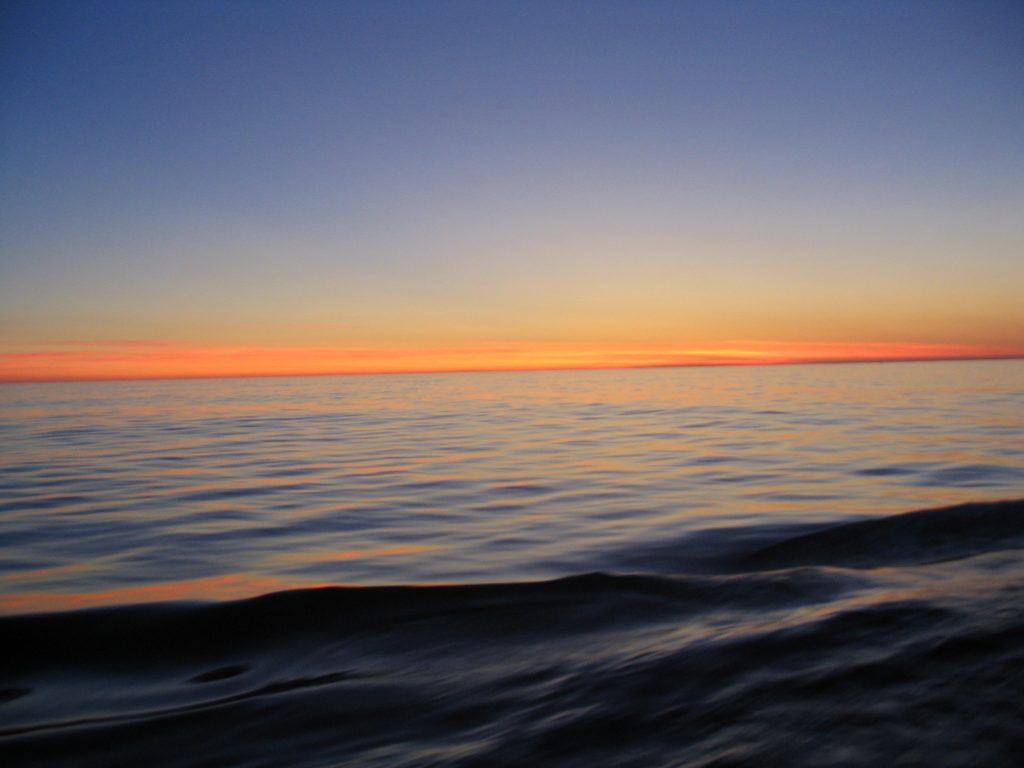Future deoxygenation, along with overfishing, threatens the sustainability of economically important fisheries and marine ecosystems and will impact global biogeochemical cycles. It is therefore crucial that we obtain a well-informed view about what the future may hold.
FARGO will study past dissolved oxygen concentrations in the Pacific Ocean, the largest low-oxic water body in the current ocean, through an innovative and dedicated research programme incorporating a novel multi-proxy approach feeding IPCC-type climate model simulations across key warm geological time intervals
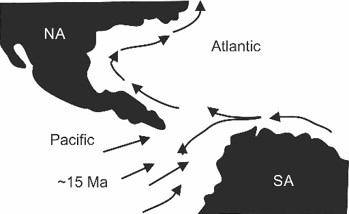
- warmer climates across the closure of the American sea-way (15-4 million years ago)
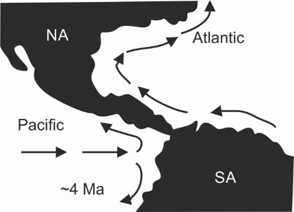
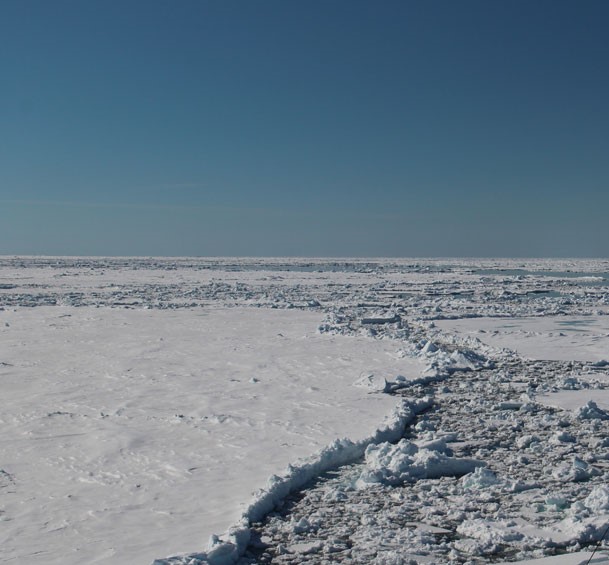
- warmer climates as a future analogue (mid-Pliocene Warm Period, 3.3-3 million years ago)
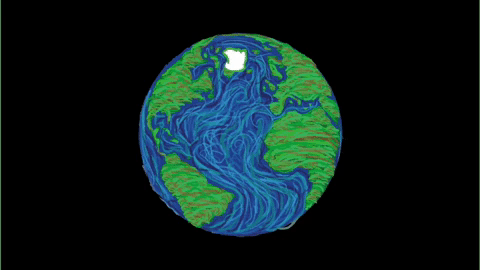
- Pleistocene warm intervals (interglacials of the last ca. 800,000 years)
FARGO will use sediments from the International Ocean Discovery Program (IODP) to determine if there have been changes in the natural extent and intensity of the shallow Pacific Ocean oxygen minimum (OMZ), or ‘dead’, zones (e.g. areas where oxygen levels are too low to support aerobic life), during these key warm intervals. The original proxy based time-series will feed the IPCC-type climate model simulations and provide robust tests to investigate if the simulations are realistic and correct for the specific time periods, and identify routes to improve the model simulations.
We are currently busy in the lab preparing, picking and analysing foraminifera across various time intervals from the Mid-Pliocene Warm Period to the closure of the Panama Isthmus in the Miocene from multiple sites across the Pacific Ocean. Stay tuned to see what we learn about past ocean oxygen variability!

